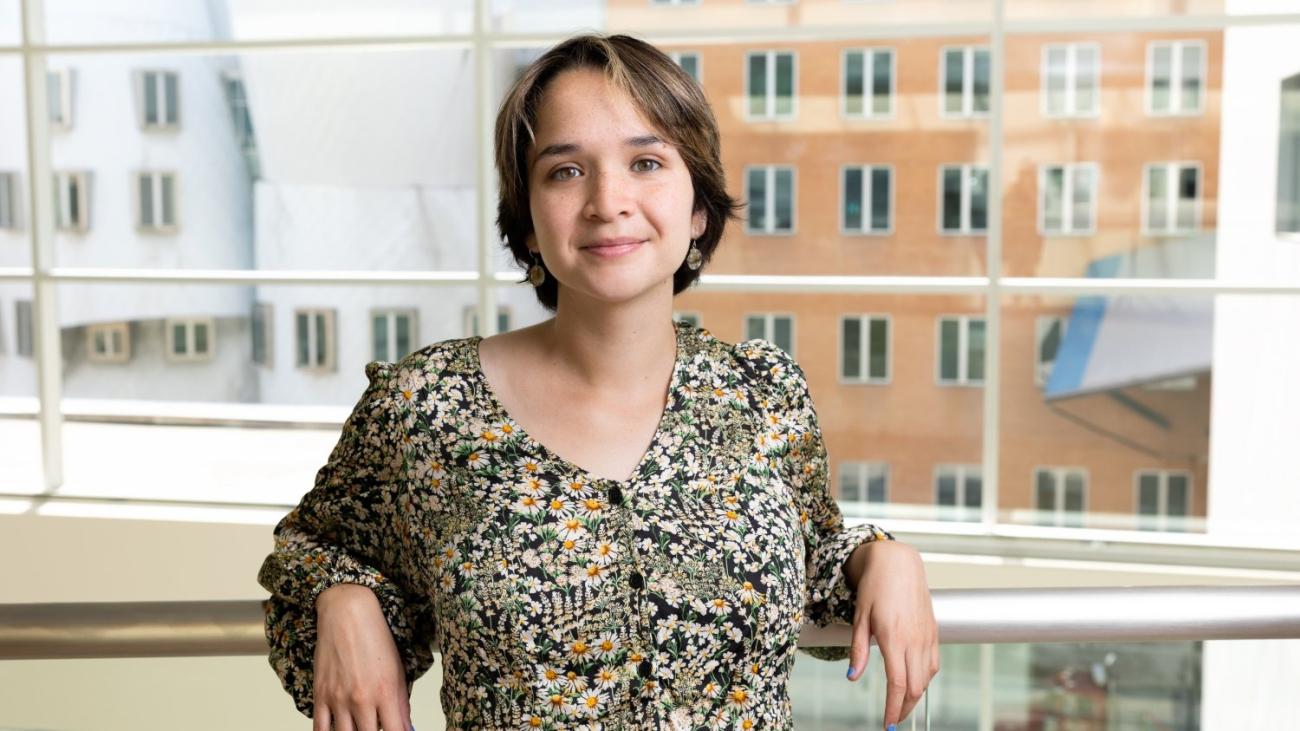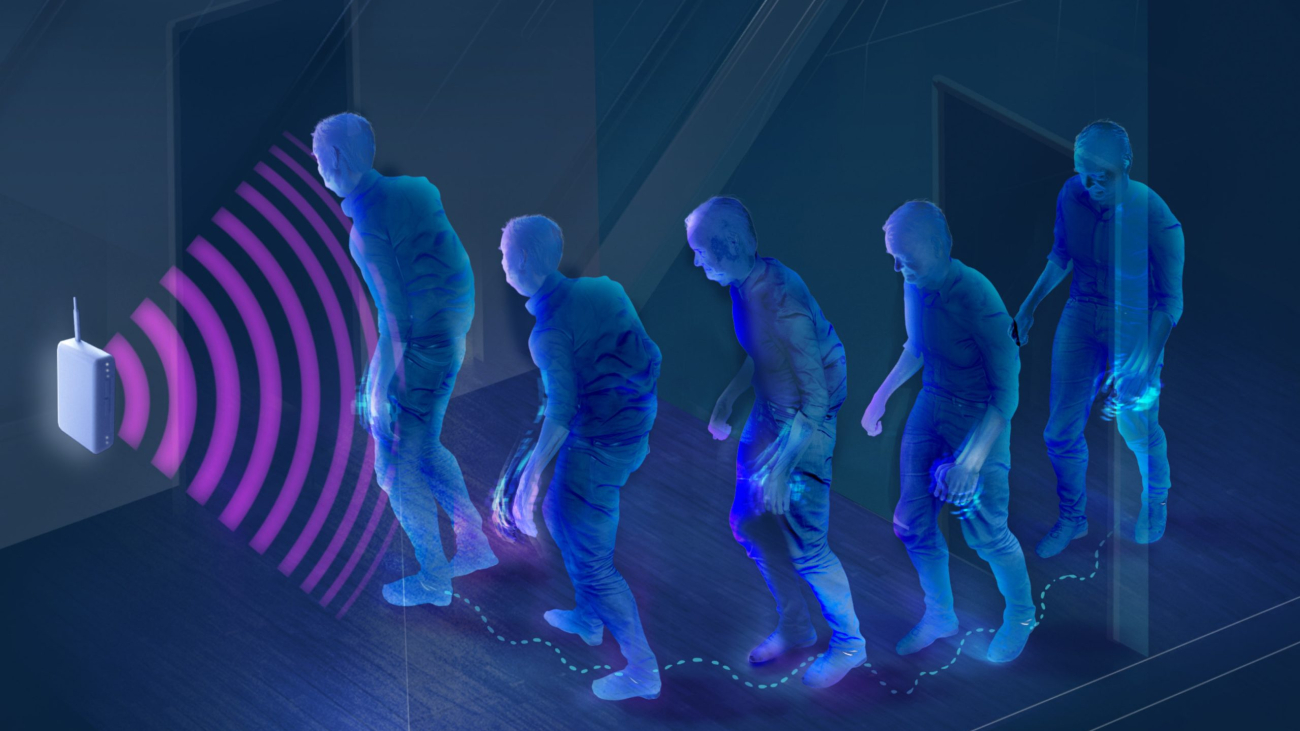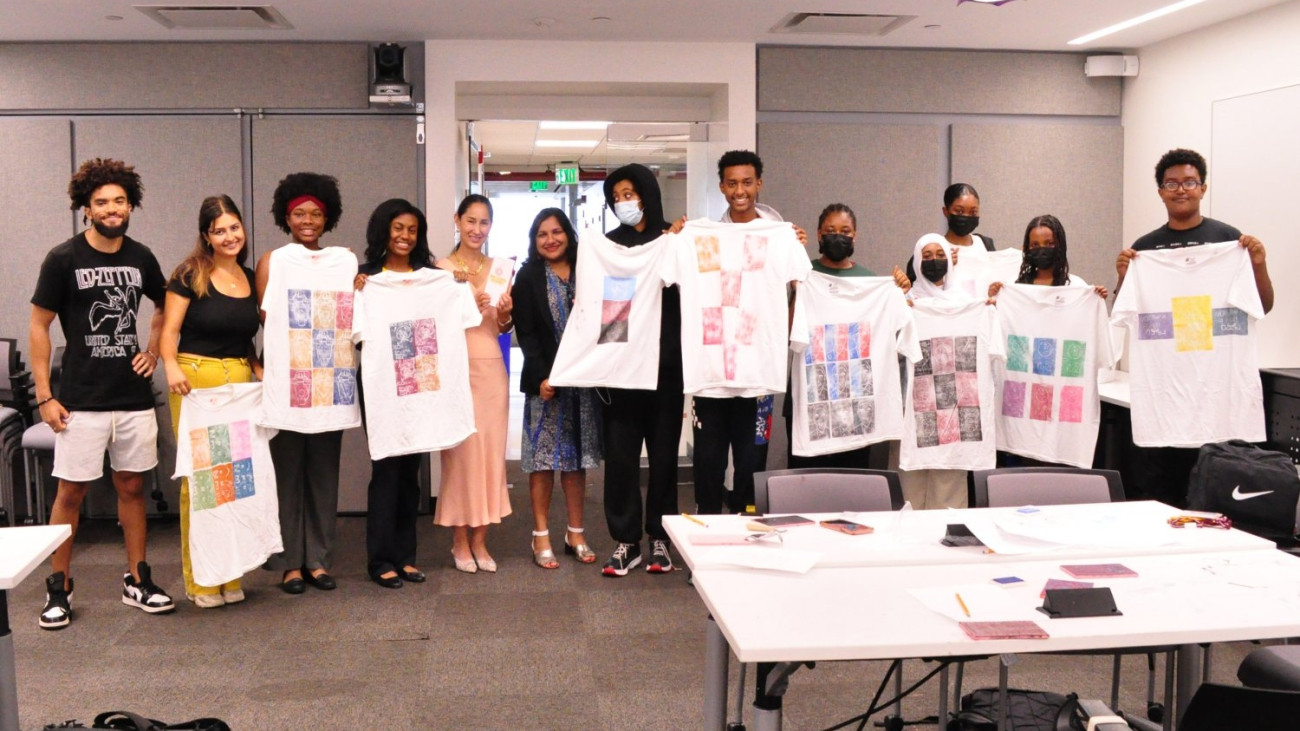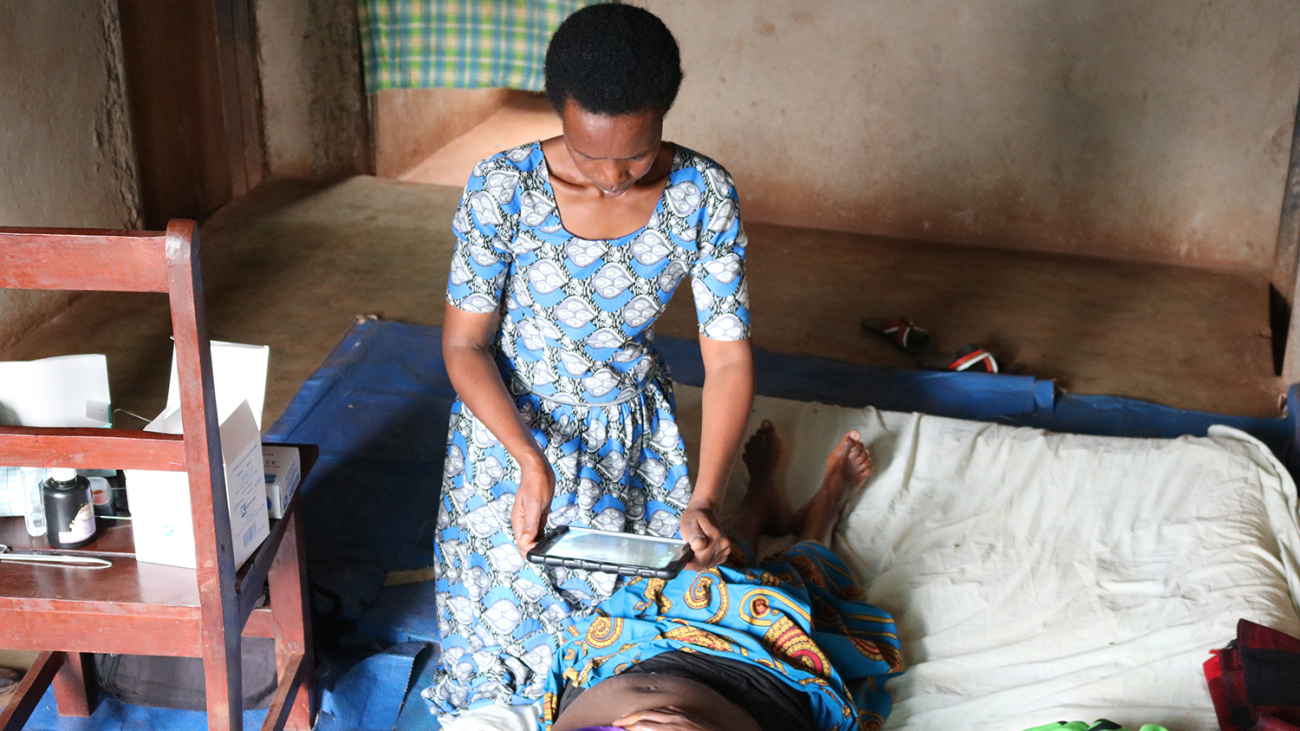The AI Policy Forum (AIPF) is an initiative of the MIT Schwarzman College of Computing to move the global conversation about the impact of artificial intelligence from principles to practical policy implementation. Formed in late 2020, AIPF brings together leaders in government, business, and academia to develop approaches to address the societal challenges posed by the rapid advances and increasing applicability of AI.
The co-chairs of the AI Policy Forum are Aleksander Madry, the Cadence Design Systems Professor; Asu Ozdaglar, deputy dean of academics for the MIT Schwarzman College of Computing and head of the Department of Electrical Engineering and Computer Science; and Luis Videgaray, senior lecturer at MIT Sloan School of Management and director of MIT AI Policy for the World Project. Here, they discuss talk some of the key issues facing the AI policy landscape today and the challenges surrounding the deployment of AI. The three are co-organizers of the upcoming AI Policy Forum Summit on Sept. 28, which will further explore the issues discussed here.
Q: Can you talk about the ongoing work of the AI Policy Forum and the AI policy landscape generally?
Ozdaglar: There is no shortage of discussion about AI at different venues, but conversations are often high-level, focused on questions of ethics and principles, or on policy problems alone. The approach the AIPF takes to its work is to target specific questions with actionable policy solutions and engage with the stakeholders working directly in these areas. We work “behind the scenes” with smaller focus groups to tackle these challenges and aim to bring visibility to some potential solutions alongside the players working directly on them through larger gatherings.
Q: AI impacts many sectors, which makes us naturally worry about its trustworthiness. Are there any emerging best practices for development and deployment of trustworthy AI?
Madry: The most important thing to understand regarding deploying trustworthy AI is that AI technology isn’t some natural, preordained phenomenon. It is something built by people. People who are making certain design decisions.
We thus need to advance research that can guide these decisions as well as provide more desirable solutions. But we also need to be deliberate and think carefully about the incentives that drive these decisions.
Now, these incentives stem largely from the business considerations, but not exclusively so. That is, we should also recognize that proper laws and regulations, as well as establishing thoughtful industry standards have a big role to play here too.
Indeed, governments can put in place rules that prioritize the value of deploying AI while being keenly aware of the corresponding downsides, pitfalls, and impossibilities. The design of such rules will be an ongoing and evolving process as the technology continues to improve and change, and we need to adapt to socio-political realities as well.
Q: Perhaps one of the most rapidly evolving domains in AI deployment is in the financial sector. From a policy perspective, how should governments, regulators, and lawmakers make AI work best for consumers in finance?
Videgaray: The financial sector is seeing a number of trends that present policy challenges at the intersection of AI systems. For one, there is the issue of explainability. By law (in the U.S. and in many other countries), lenders need to provide explanations to customers when they take actions deleterious in whatever way, like denial of a loan, to a customer’s interest. However, as financial services increasingly rely on automated systems and machine learning models, the capacity of banks to unpack the “black box” of machine learning to provide that level of mandated explanation becomes tenuous. So how should the finance industry and its regulators adapt to this advance in technology? Perhaps we need new standards and expectations, as well as tools to meet these legal requirements.
Meanwhile, economies of scale and data network effects are leading to a proliferation of AI outsourcing, and more broadly, AI-as-a-service is becoming increasingly common in the finance industry. In particular, we are seeing fintech companies provide the tools for underwriting to other financial institutions — be it large banks or small, local credit unions. What does this segmentation of the supply chain mean for the industry? Who is accountable for the potential problems in AI systems deployed through several layers of outsourcing? How can regulators adapt to guarantee their mandates of financial stability, fairness, and other societal standards?
Q: Social media is one of the most controversial sectors of the economy, resulting in many societal shifts and disruptions around the world. What policies or reforms might be needed to best ensure social media is a force for public good and not public harm?
Ozdaglar: The role of social media in society is of growing concern to many, but the nature of these concerns can vary quite a bit — with some seeing social media as not doing enough to prevent, for example, misinformation and extremism, and others seeing it as unduly silencing certain viewpoints. This lack of unified view on what the problem is impacts the capacity to enact any change. All of that is additionally coupled with the complexities of the legal framework in the U.S. spanning the First Amendment, Section 230 of the Communications Decency Act, and trade laws.
However, these difficulties in regulating social media do not mean that there is nothing to be done. Indeed, regulators have begun to tighten their control over social media companies, both in the United States and abroad, be it through antitrust procedures or other means. In particular, Ofcom in the U.K. and the European Union is already introducing new layers of oversight to platforms. Additionally, some have proposed taxes on online advertising to address the negative externalities caused by current social media business model. So, the policy tools are there, if the political will and proper guidance exists to implement them.





